Just released
GICHD Outlook Report 2026
This Outlook Report sets out how the GICHD intends to advance the five outcomes of its four-year Strategy in 2026. The report exemplifies our engagement in explosive ordnance risk reduction by describing planned activities in five...

- Available in English
Strengthening mine action through synergies with the women, peace and security agenda: Recommendation brief for national mine action authorities and national mine action centres
The Women, Peace and Security (WPS) agenda and the mine action sector share certain common goals: peace, recovery, and the act of advancing human rights in conflict and post-conflict settings. However, the strategic and...
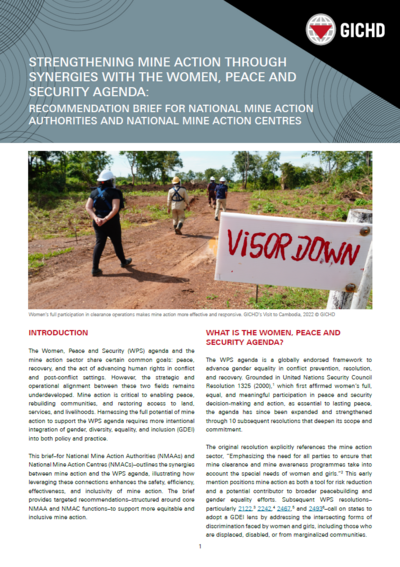
- Available in English, French
Humanitarian and Developmental Impact of Anti-vehicle Mines
Anti-vehicle mines negatively impact humanitarian efforts and developmental progress. Key findings from a South Sudan case study show that mine contamination impacts humanitarian efforts directly through casualties, while dangers...
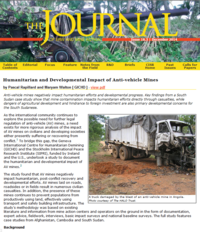
- Available in English
National Capacities and Residual Contamination | Nicaragua
This case study forms part of a broader GICHD study on national capacities and residual contamination and is based on both desk-top research and findings from a GICHD mission to Nicaragua in December 2013. The purpose of the...
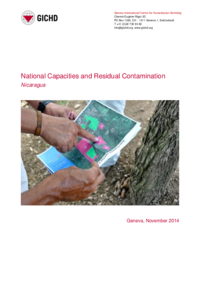
- Available in English
Capacidades nacionales y contaminación residual | Nicaragua
El presente estudio de caso forma parte de un estudio más amplio del Centro Internacional de Desminado Humanitario de Ginebra (CIDHG) sobre las capacidades nacionales y la contaminación residual, y se basa tanto en una...
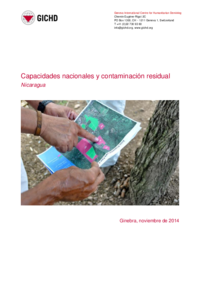
- Available in Spanish
Bridges between worlds | Chairperson's Summary | April 2014
Bridges between Worlds was a global conference sponsored by the European Union that addressed fundamental questions about the place of landmine victim assistance in other domains, such as the worlds of disability, heath care,...

- Available in English
The Humanitarian and Developmental Impact of Anti-Vehicle Mines
Anti-vehicle mines (AVMs) are as indiscriminate as anti-personnel mines (APMs) and constitute the source of many casualties. As the international community explores the possible options for further legal regulation of AVMs, there...
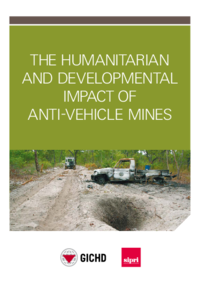
- Available in English
The Maputo Review Conference Outcome Document
A valuable reference manual about the Convention has been released by the Implementation Support Unit (ISU), thanks to funding provided by the European Union.The brochure serves as a valuable reference tool, as it contains the...
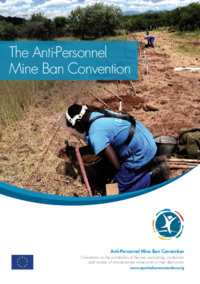
- Available in English
Doing no harm? Mine action and land issues in Cambodia
This report includes recommendations that seek to build upon good practice and strengthen systems and processes to ensure mine action efforts not only do no harm, but also bring the maximum possible benefits to beneficiary...

- Available in English
Assessment of Mozambique's National Capacities to Manage Residual Contamination
Mozambique is committed to having completed implementation of its mine clearance obligations under Article 5 of the Anti-Personnel Mine Ban Convention (APMBC) by 1 January 2015. This will, for the most part, marks the end of...

- Available in English
Environmental risks of remnants of conflict: How to 'do no harm' in mine action
One of the core objectives of mine action is the safe removal and destruction of the remnants of conflict in order to make land safe and accessible, thereby contributing to sustainable development. However, the methods used by...
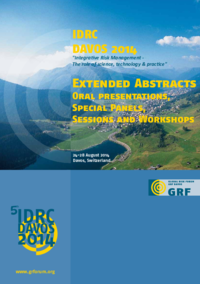
- Available in English

